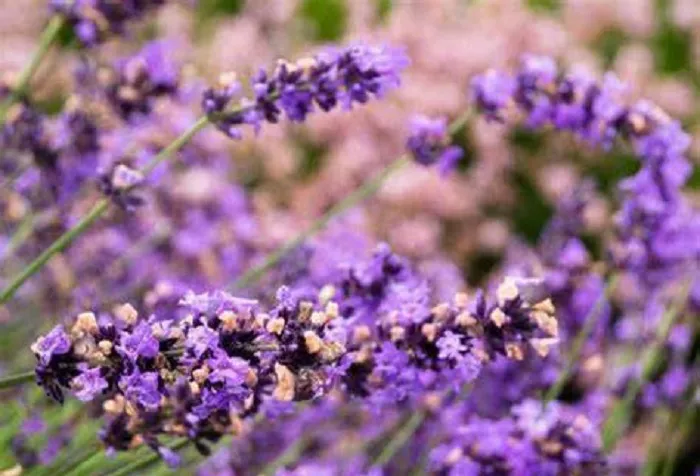Lavender, with its enchanting fragrance and beautiful blooms, is a beloved addition to gardens worldwide. Gardeners often wonder about the lifespan of these delightful plants. Understanding how long lavender can thrive helps in planning and maintaining a vibrant garden. In this article, we will delve into the factors that influence the longevity of lavender plants and provide tips to maximize their lifespan.
Factors Affecting Lavender Lifespan
Variety and Species
Lavender plants come in various species, each with its own natural lifespan. Lavandula angustifolia, commonly known as English lavender, is one of the most popular and long-lived varieties. It can survive for 10 to 15 years with proper care. In contrast, Lavandula stoechas, or Spanish lavender, has a shorter lifespan of 3 to 5 years. The choice of species plays a crucial role in determining how long your lavender will thrive.
Soil Conditions
The soil in which lavender is planted significantly impacts its longevity. Lavender prefers well-drained, slightly alkaline soil with a pH between 6.5 and 7.5. Poorly drained soil can lead to root rot, a common cause of lavender death. Adding organic matter like compost or sand can improve soil drainage and aeration, creating a healthier environment for the plant.
Climate and Weather
Lavender is native to the Mediterranean region and thrives in warm, dry climates. It is sensitive to cold and damp conditions, which can shorten its lifespan. In regions with harsh winters, it is essential to protect lavender plants by mulching or moving them to a sheltered area. Conversely, in hot climates, providing some afternoon shade can help prevent the plant from becoming too stressed.
Watering Practices
Proper watering is vital for the health and longevity of lavender. Overwatering is a common mistake that can lead to root rot and other diseases. Lavender is drought-tolerant and prefers infrequent but deep watering. Allow the soil to dry out between waterings, and always ensure that excess water can drain away. A drip irrigation system can help maintain consistent soil moisture levels.
Pruning and Maintenance
Regular pruning is essential for promoting healthy growth and extending the lifespan of lavender plants. Pruning helps to remove dead or diseased wood, encourages bushier growth, and prevents the plant from becoming too woody. It is best to prune lavender in late winter or early spring, just before new growth begins. Remove about one-third of the plant’s height, taking care not to cut into the woody stems.
Maximizing Lavender Lifespan
Optimal Planting Techniques
When planting lavender, choose a location with full sun and well-drained soil. Dig a hole slightly larger than the root ball and mix in some organic matter to improve soil quality. Plant the lavender at the same depth it was in its nursery pot, ensuring that the crown of the plant is slightly above ground level. This helps prevent water from pooling around the base of the plant.
Fertilization and Nutrient Management
Lavender does not require heavy fertilization. Over-fertilizing can lead to excessive foliage growth at the expense of blooms and overall plant health. A light application of a balanced, slow-release fertilizer in early spring is usually sufficient. Alternatively, adding a layer of compost around the base of the plant can provide essential nutrients without overloading the plant.
Pest and Disease Control
Lavender is generally resistant to pests and diseases, but it can still be affected by certain issues. Aphids and spider mites are common pests that can infest lavender plants. Regularly inspect your plants for signs of infestation and treat them with insecticidal soap or neem oil if necessary. Fungal diseases like powdery mildew can also occur in humid conditions. Ensure good air circulation around the plants and avoid overhead watering to minimize the risk of disease.
Winter Protection
In colder climates, protecting lavender plants during winter is crucial for their survival. Mulching around the base of the plant with straw or pine needles helps to insulate the roots and protect them from freezing temperatures. Avoid using heavy mulches that can retain too much moisture, as this can lead to root rot. In areas with heavy snowfall, consider using a protective cover to shield the plant from the weight of the snow.
Propagation and Renewal
If you want to ensure a continuous presence of lavender in your garden, consider propagating new plants from cuttings. This allows you to replace older plants that may be declining in health. Take softwood cuttings in late spring or early summer and root them in a well-drained potting mix. Once the cuttings have rooted, they can be planted in the garden to grow into new, healthy lavender plants.
Conclusion
Lavender plants can live for several years, providing beauty and fragrance to your garden. By understanding the factors that influence their lifespan and implementing proper care practices, you can maximize the longevity of your lavender. Choose the right variety, provide optimal growing conditions, and maintain your plants with regular pruning and protection. With a little effort, your lavender will reward you with years of delightful blooms and a soothing aroma.


